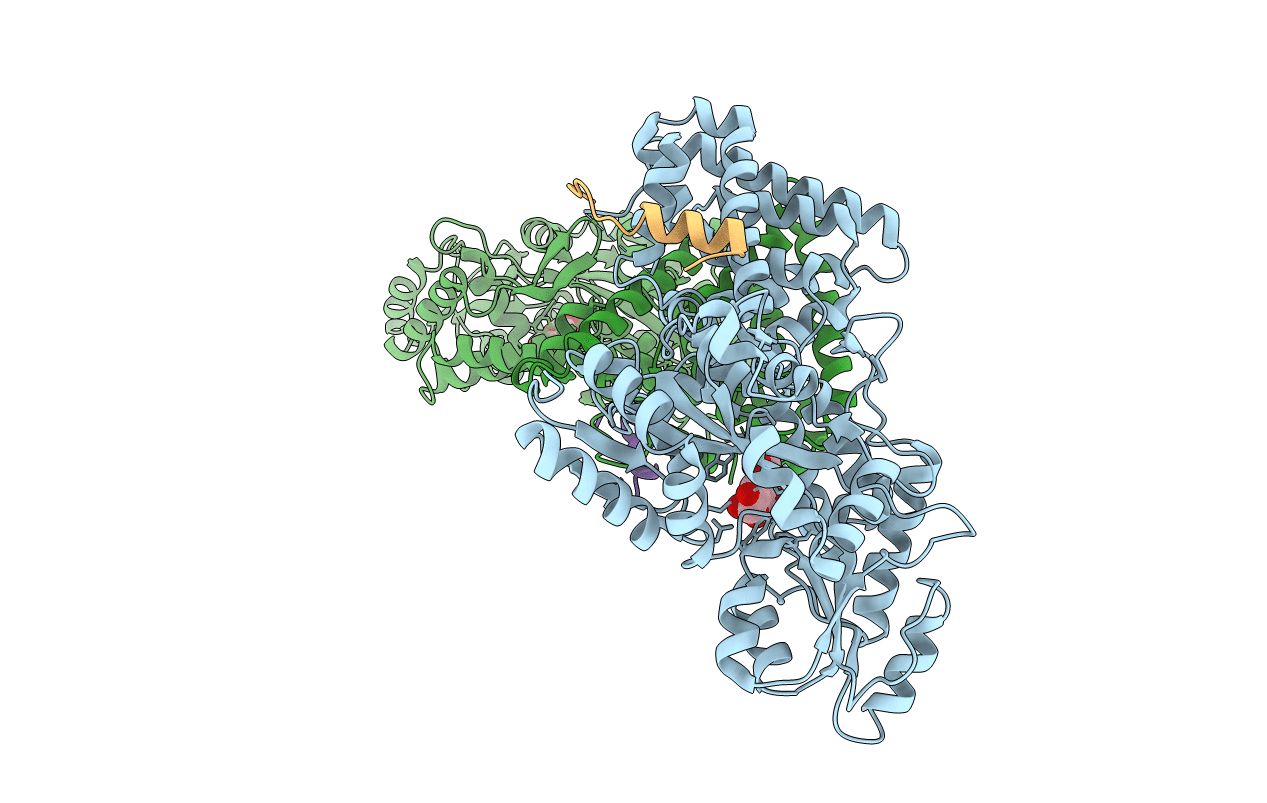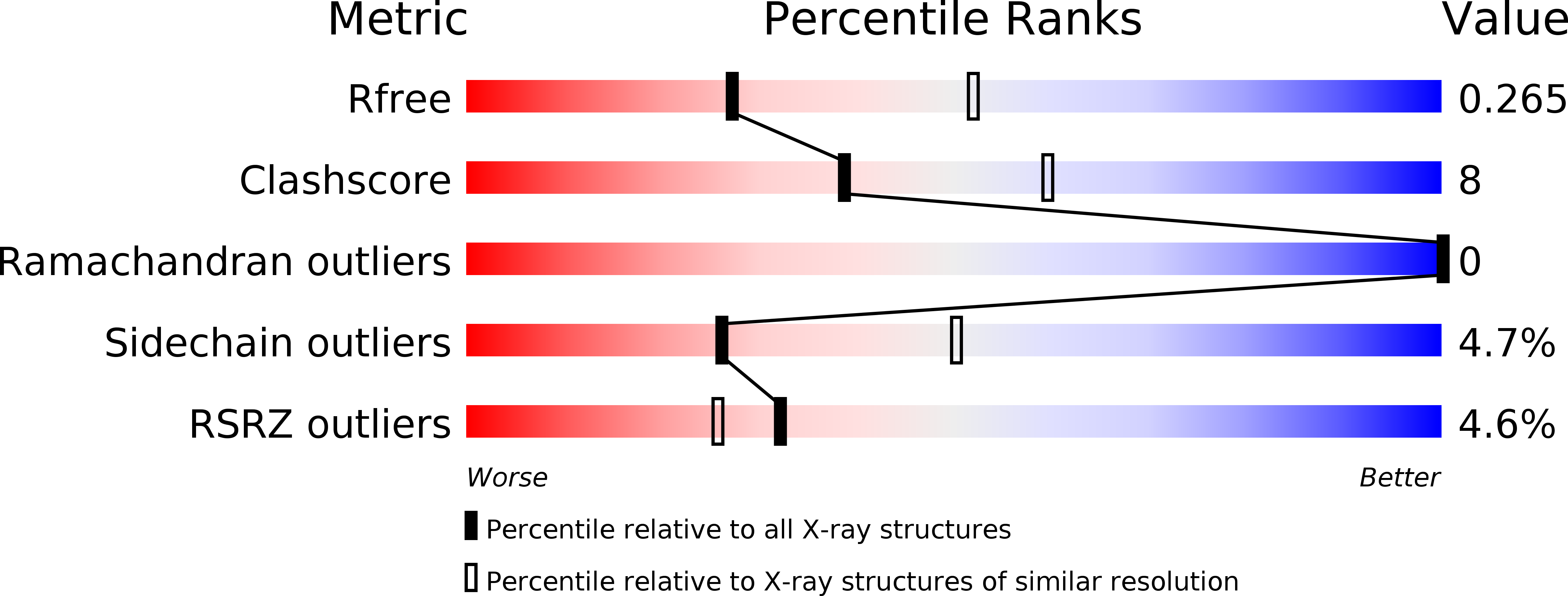
Deposition Date
2014-12-14
Release Date
2015-03-04
Last Version Date
2023-09-27
Entry Detail
Biological Source:
Source Organism:
Escherichia coli O157:H7 (Taxon ID: 83334)
Tribolium castaneum (Taxon ID: 7070)
Drosophila melanogaster (Taxon ID: 7227)
Tribolium castaneum (Taxon ID: 7070)
Drosophila melanogaster (Taxon ID: 7227)
Host Organism:
Method Details:
Experimental Method:
Resolution:
2.60 Å
R-Value Free:
0.26
R-Value Work:
0.20
R-Value Observed:
0.21
Space Group:
P 21 21 21


